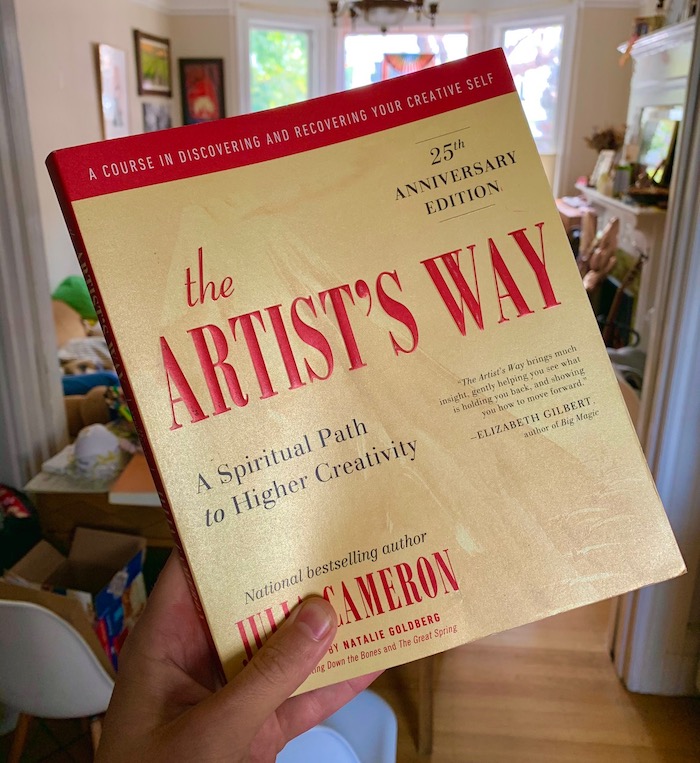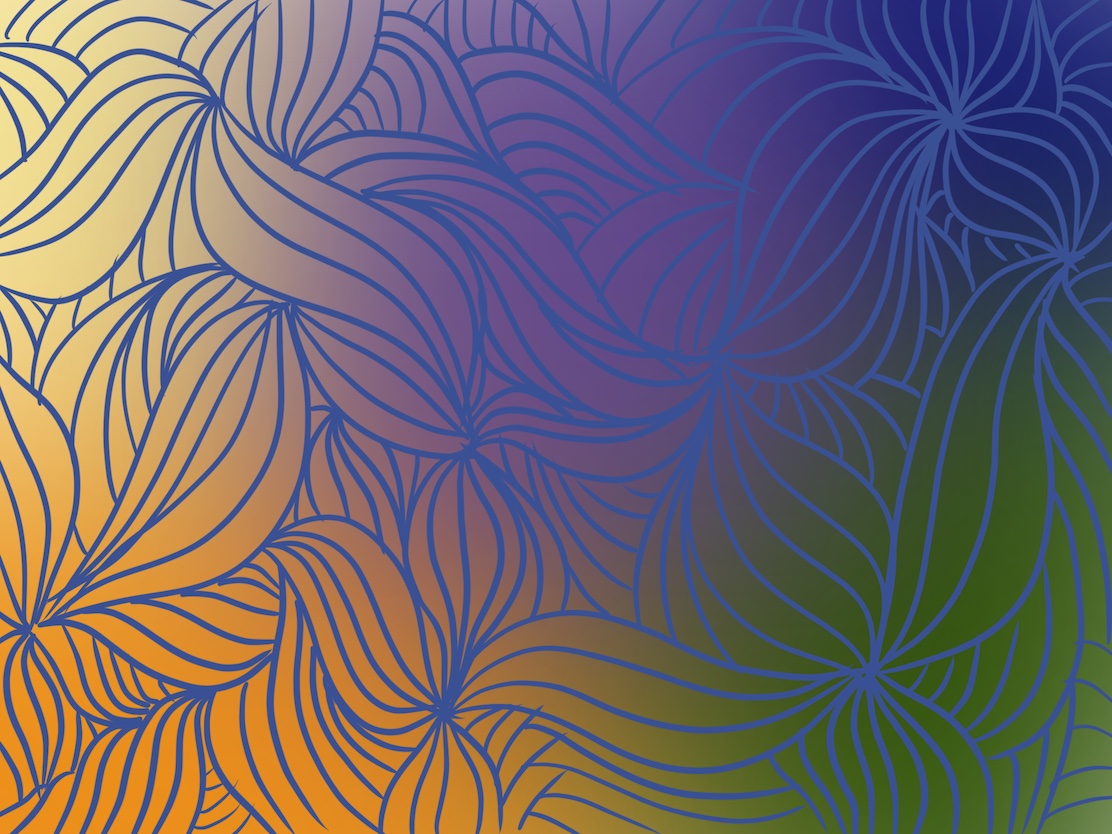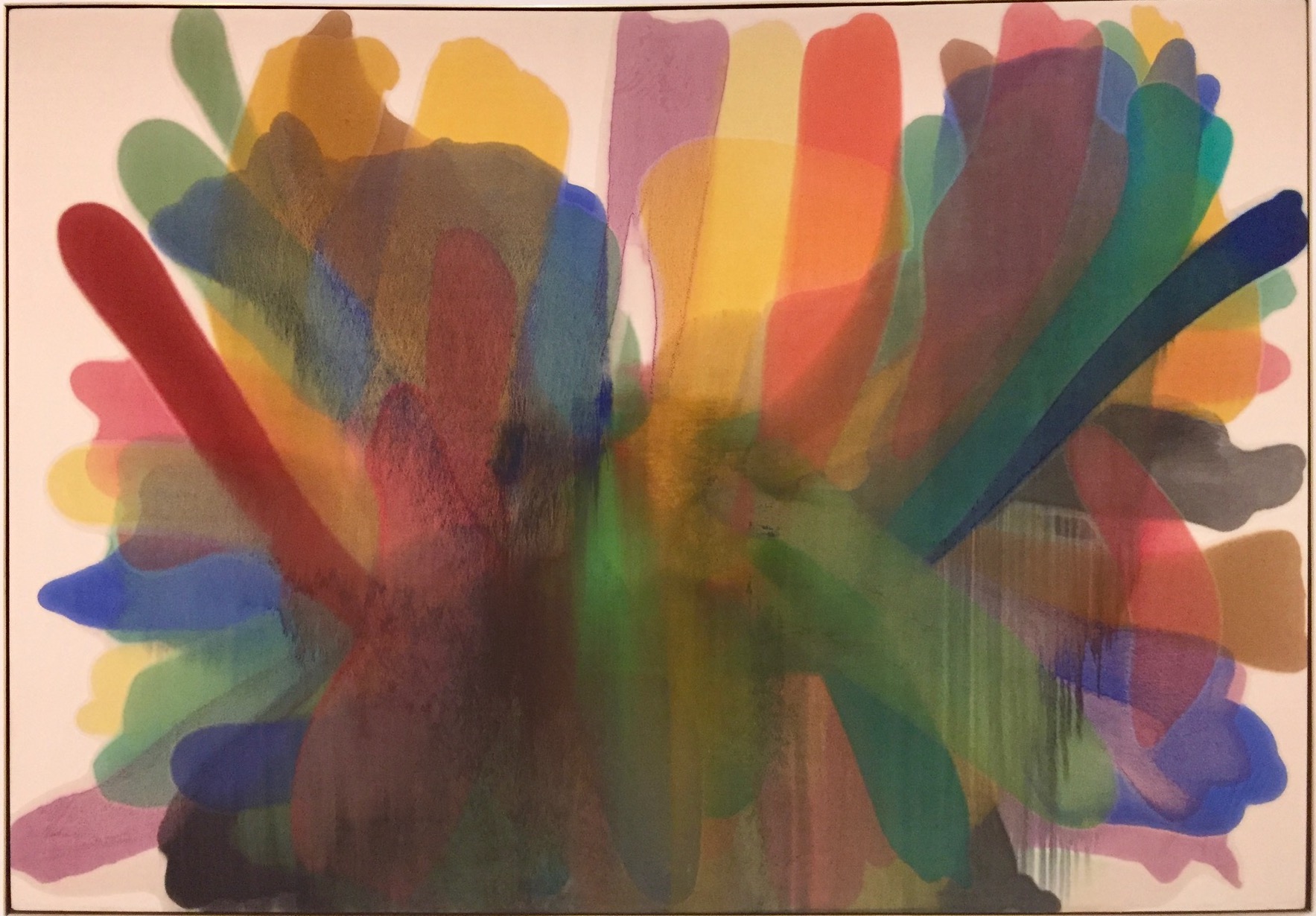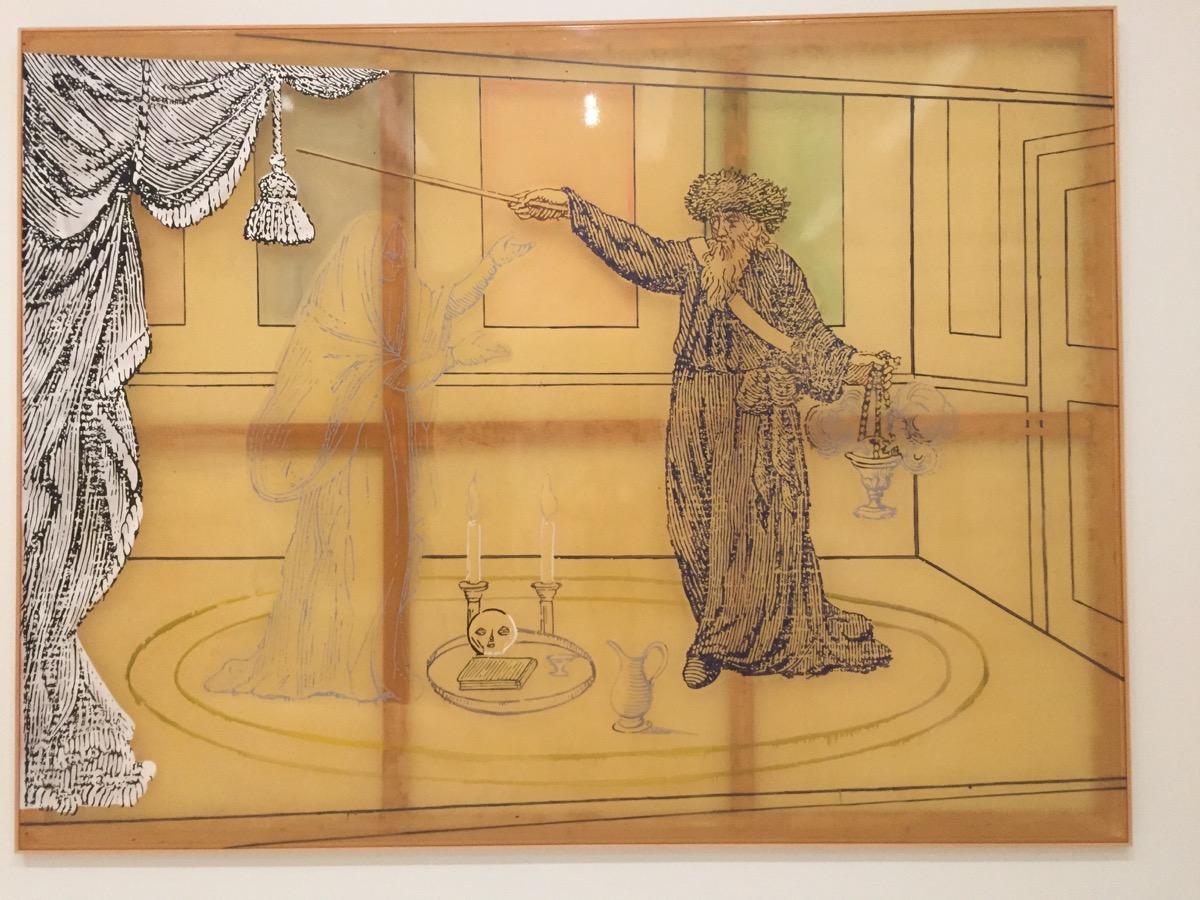#creativity
-
Don’t let a linear design process snuff out your sparks of inspiration
Earlier in my career, I would follow the double diamond design process as a series of linear steps: define the problem, explore solutions, test & iterate, then build and ship. But the more times I’ve gone through this cycle, the more I’ve realized that this is a recipe for snuffing out good ideas.
-

I found this antique pitcher
I found this antique pitcher outside an apartment building today. It was amongst some discarded books and knick-knacks, most of which was junk, but then there was this pitcher. I normally would have just left it, but this pitcher held my attention.
-
On Creativity: My modest guide to being more creative
Generate lots of options. Refine the best ones until you have something you like.
-

My Experience with "The Artist's Way"
Creativity is an innate gift we all possess. And it's part of our nature to use that creativity. I firmly believe this, and so does The Artist's Way author, Julia Cameron. Unfortunately, for most of us, it's stamped out at an early age by education, society, friends, family, and other cultural norms. A lucky few get encouragement at a young age, or have enough creative energy to push through those headwinds, but the rest of us are left thinking we aren't "creative." Fortunately, Julia is here to undo that damage.
-

Lessons in Creativity from Leonardo
Creativity is a muscle that we all have. It can be strengthened. It can be practiced. It's not an inherent trait that only a chosen few are anointed with. I firmly believe this, but it's also one of the central themes of Walter Isaacson's biography of Leonardo da Vinci.
-

Exercises from 'Interaction of Color' by Josef Albers
Interaction of Color is, by far, the best book on color I’ve ever read. Other teaching methods focus on theory, color systems, the physics of color (wavelength, rods and cones, etc.), or resort to rote rules like, "red means danger." It’s mechanical, mathematical, rules-based, and divorced from how people perceive and react to color. Or as Albers puts it: "Experience teaches that in visual perception there is a discrepancy between physical fact and psychic effect."
-

Where do you get ideas for blog posts?
People often ask me, “Where do you get ideas for blog posts?” I have many sources, but my most effective one is simple: pay attention to the questions people ask you.
-

On Mastery
Mastery – “being the very best at just one thing” – doesn’t hold much appeal for me. I’m a very curious person. I like jumping between various creative endeavors that “are interesting to me and that I don’t lose interest in.”
-
Stay Focused on the User by Switching Between Maker Mode and Listener Mode
By switching between “maker” and “listener” modes, you put yourself in your user’s shoes and seeing your work through their eyes, which helps prevent you from “put[ting] too much in.”
-
Artists don't distinguish between...
'Artists don‘t distinguish between the act of making something and the act of thinking about it — thinking and making evolve together in an emergent, concurrent fashion. As a result, when approaching a project, an artist often doesn‘t seem to plan it out.'
-

Thoughts on “The Gift”
I finally finished 'The Gift,' by Lewis Hyde, after reading it on and off for at least the last 4 months (probably more). Overall I really enjoyed it and found it very thought-provoking. At its core it's about creativity, the arts, and the tension between art and commerce.
-
Play the Right Note
Like many Americans, I started learning guitar back in high school. I began where everyone did – strumming basic chords and melodies and building up my finger strength. I got a little better every day, and could eventually play simple songs.
-
Get Comfortable Sharing Your Shitty Work
After jamming with a friend, she commented that she felt emotionally spent afterwards. Not quite sure what she meant, I asked her to elaborate. She said that improvising music makes you feel vulnerable. You’ve got to put yourself out there, which opens you up to judgement and criticism.
-
On Being a Generalist
The tech community has walls between various disciplines that we see as opposites, such as print vs. digital, text vs. image, and so on. However, the most interesting design happens in the borderlands, where these different media connect.
-
Fostering creative environments
I recently read Smashing Magazine's article 'On Creative Leadership' that talks about creating an environment in which people can be creative. This section really resonated with me because it's something we do occasionally at Optimizely, and talk about doing more of: